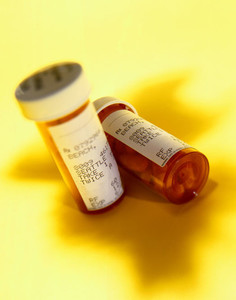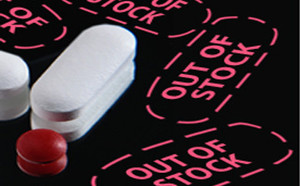Bioequivalence studies, consisting of single-dose pharmacokinetic evaluations, are required for the registration of most generic drug formulations. In general, bioequivalence testing provides a useful comparison for different products containing the same active ingredient. Bioequivalence studies therefore play a key role in the development of new generic products as well as in the post-marketing phase of innovator products.
Single-dose bioequivalence studies in healthy volunteers, however, may not always predict the actual therapeutic equivalence in patients receiving repeated doses. Concerns are also being raised on the lack of interchangeability between branded and generic drugs in the post-marketing setting. For example, according to Crawford, et al., switching from branded anti-epileptics to generic versions might result in increased risk of therapeutic failure or adverse reactions.
In some instances, e.g. for rapidly dissolving class I drugs, guidelines allow in vitro dissolution testing in place of clinical pharmacokinetic or pharmacodynamic studies to test the bioequivalence of generic drugs. The WHO has also published a list of drugs for which biowaiver applications should be considered. However, EMA recommendations require, in most cases, the demonstration of in vivo bioequivalence for the registration of generic drugs and allow waivers in only a very small number of cases.
For generic antibiotics, differences in pharmaceutical properties could result in changes in their pharmacokinetic profiles, ultimately leading to variations in the clinical efficacy of generics compared to the branded drug.
It is therefore seen as useful to evaluate the pharmacokinetic bioequivalence of generic antibiotics in the post-marketing setting, to verify that patients are provided with high quality generic products.
In response to increasing cost pressures, more and more governments and healthcare systems are encouraging the use of generic medicines. However, in order to ensure patient safety and confidence in generic medicines, Del Tacca, et al., believe that safeguards should be introduced to ensure that both physicians and patients are informed when generic substitution occurs.
(see also Post-marketing pharmacokinetic bioequivalence between generic and branded amoxicillin formulations)
References:
Del Tacca M, et al. Lack of pharmacokinetic bioequivalence between generic and branded amoxicillin formulations. A post-marketing clinical study on healthy volunteers. Br J Clin Pharmacol. 2009;68(1):34-42
Chen ML, et al. Bioavailability and bioequivalence: an FDA regulatory overview. Pharm Res 2001;18(12):1645–50
Crawford P, et al. Are there potential problems with generic substitution of antiepileptic drugs? A review of issues. Seizure 2006;15(3):165-76
WHO Multisource (generic) pharmaceutical products: guidelines on registration requirements to establish interchangeability. 2005. Working document QAS/04.093/Rev.4
Yu LX, et al. Biopharmaceutics Classification System: the scientific basis for biowaiver extensions. Pharm Res 2002;19(7):921–5
WHO Proposal to waive in vivo bioequivalence requirements for the WHO model list of essential medicines immediate release, solid oral dosage forms. 2005. Working document QAS/04.109/Rev.1
The European Agency for the Evaluation of Medicinal Products (EMA), Committee for Proprietary Medicinal Products (CPMP), Note for guidance on the investigation of bioavailability and bioequivalence. CPMP/EWP/QWP/1401/98; 2001
European Medicines Agency (EMA), Committee for Medicinal Products for Medicinal Products for Human Use (CHMP), Note for guidance on the investigation of bioavailability and bioequivalence. EMEA/CHMP/EWP/213035/2007; 2007








 0
0











Post your comment